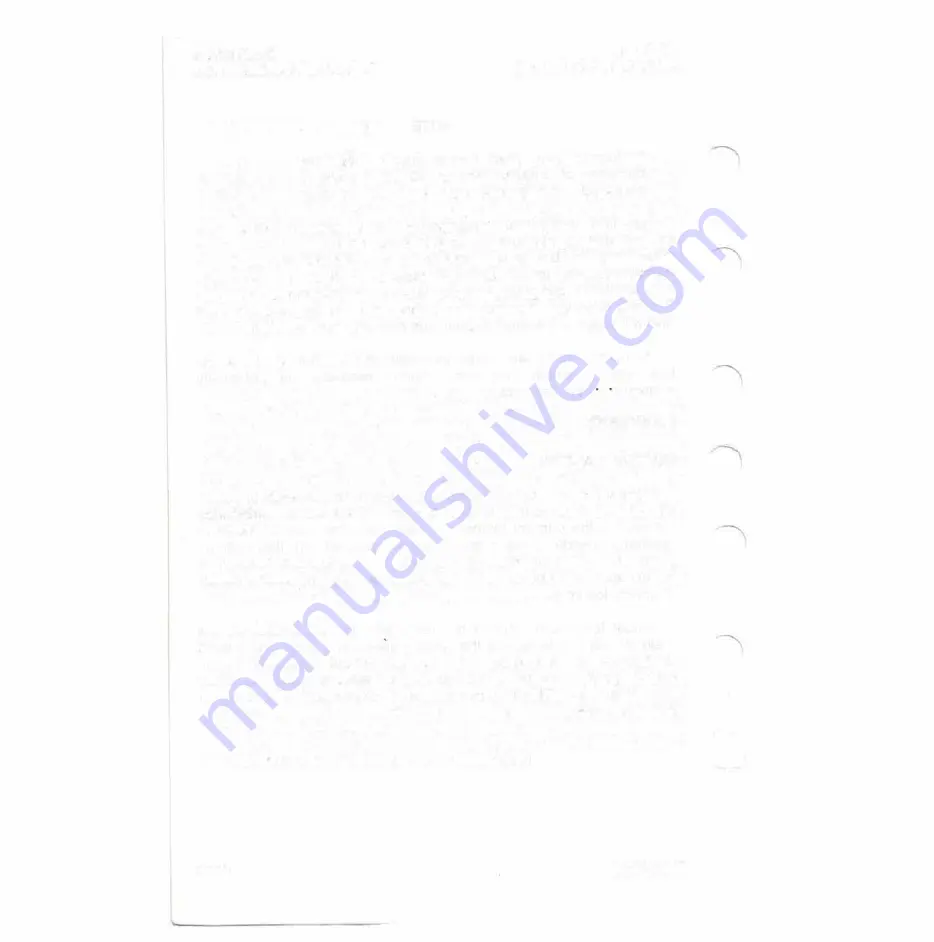
SECTION 4
NORMAL PROCEDURES
SHORT FIELD LANDING
CESSNA
MODEL 172R (180 HP)
For a short field landing in smooth air conditions, make an
approach at 61 KIAS with 30 ° flaps using enough power to control
the glide path. (Slightly higher approach speeds should be used
under turbulent air conditions.) After all approach obstacles are
cleared, progressively reduce power and maintain the approach
speed by lowering the nose of the airplane. Touchdown should be
made with power off and on the main wheels first. Immediately after
touchdown, lower the nose wheel and apply heavy braking as
required. For maximum brake effectiveness, retract the flaps, hold
the control wheel full back, and apply maximum brake pressure
without sliding the tires.
CROSSWIND LANDING
When landing in a strong crosswind, use the mrmmum flap
setting required for the field length. If flap settings greater than 20
°
are used in sideslips with full rudder deflection, some elevator
oscillation may be felt at normal approach speeds. However, this
does not affect control of the airplane. Although the crab or
combination method of drift correction may be used, the wing low
method gives the best control. After touchdown, hold a straight
course with the steerable nose wheel and occasional braking if
necessary.
The maximum allowable crosswind velocity is dependent upon
pilot capability as well as airplane limitations. Operation in direct
crosswinds of 15 knots has been demonstrated.
BALKED LANDING
In a balked landing (go-around) climb, reduce the flap setting to
20
°
immediately after full power is applied. If obstacles must be
cleared during the go-around climb, reduce the wing flap setting to
10
°
and maintain a safe airspeed until the obstacles are cleared.
Above 3000 feet, lean the mixture to obtain maximum RPM. After
clearing any obstacles, the flaps may be retracted as the airplane
\
accelerates to the normal flaps up climb speed.
4-32
Nov 24/99
Summary of Contents for 172R180HP
Page 4: ...I I I _ I l...
Page 6: ......
Page 15: ...t GENERAL...
Page 16: ...1 J a w z w c...
Page 43: ...2 r 3 0 z...
Page 44: ...2 v z 0 i e i...
Page 46: ...l...
Page 60: ...i c t...
Page 61: ......
Page 62: ......
Page 85: ...4 oz 0 m J J 03 C i...
Page 86: ...I 4 w a 5 a w ou zO a a...
Page 90: ......
Page 128: ......
Page 129: ...ll PERFORMANCE...
Page 130: ...5 w u z a 0 a Ao...
Page 132: ......
Page 154: ......
Page 155: ...6...
Page 156: ...J WEIGHT BALANCE n EQUIPMENT LIST J...
Page 158: ......
Page 187: ...AIRPLANE SYSTEMS DESCRIPTIONS...
Page 188: ...J AIRLANE SYSTEMS DESCRIPTIONS...
Page 192: ......
Page 239: ...co HANDLING _ SERVICE MAINTtNANCE...
Page 240: ...fa...
Page 265: ...9 en C r m 3 m z en...
Page 266: ...9 z w E w _ Q Q...
Page 268: ......
Page 270: ...I...
Page 288: ......
Page 298: ......
Page 396: ......















































